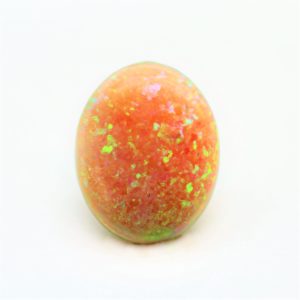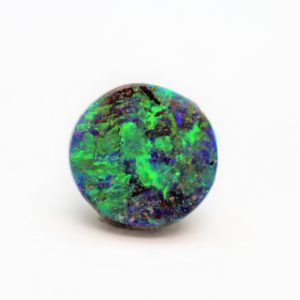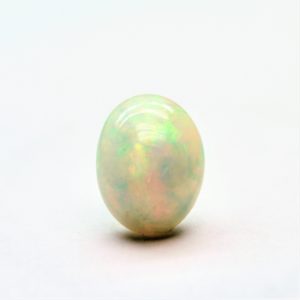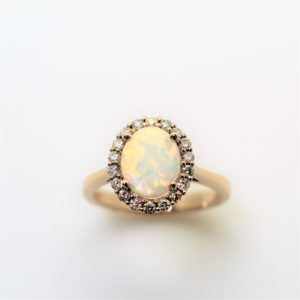Opals are truly one-of-a-kind. They glow and sparkle with a rainbow of colors, ethereal and enigmatic. The flashing of rainbow colors seen in an opal is called “play-of-color.” This factor distinguishes precious opals from common opals. Opal does not form in a crystal structure but is instead composed of many silica spheres that stack themselves into rows. Red, orange, yellow, green, blue, and violet are the main colors seen to shimmer with an opal. The brighter and more distinctive an opal’s play-of-color, the better the opal.
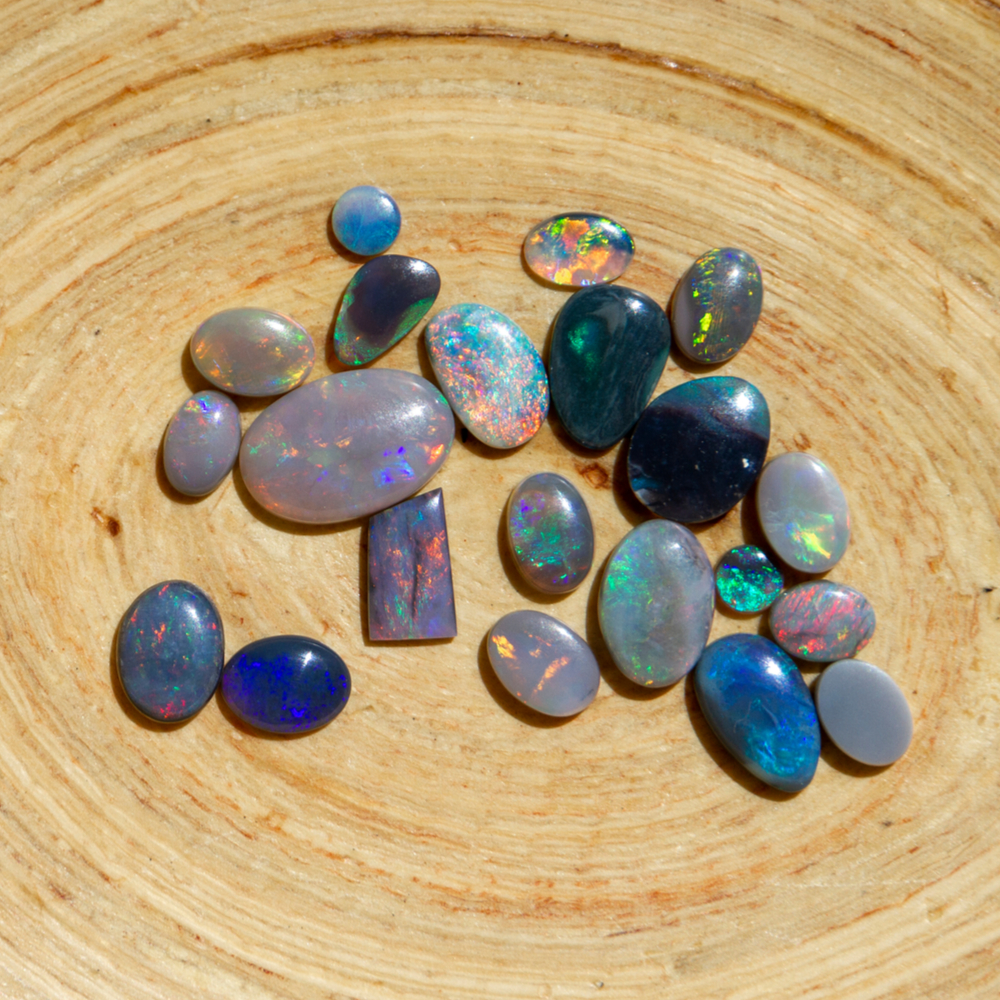
Birthstone
October
Zodiac
Taurus
April 20–May 20
Anniversary
14th Wedding Anniversary
The Gemological Institute of America recognizes five main types of opals:
- White or light opal: Translucent to semi-translucent, with play-of-color against a white or light gray background color, called bodycolor.
- Black opal: Translucent to opaque, with play-of-color against a black or other dark background.
- Fire opal: Transparent to translucent, with brown, yellow, orange, or red bodycolor. This material—which often does not show play-of-color—is also known as “Mexican opal.”
- Boulder opal: Translucent to opaque, with play-of-color against a light to dark background. Fragments of the surrounding rock, called matrix, become part of the finished gem.
- Crystal or water opal: Transparent to semitransparent, with a clear background. This type shows exceptional play-of-color.
The fire opal is thought to be first known by the Aztecs in the 13th Century. The first white opal ever mined dates back to at least the 14th century, in Czerwentza, Czechoslovakia, now known as Hungary. The first legitimately recorded discovery was the boulder opal in Queensland in 1872. Although, it is said the first opal discovery in Australia went unreported in 1849. In 1890, Australia’s mines began to produce opals commercially, therefore becoming the world’s primary source for opals. Opal is the birthstone for October and used to celebrate the 14th wedding anniversary.
The name opal is thought to be derived from the Sanskrit “upala”, meaning precious stone, and later the Greek derivative “Opallios,” meaning to see a change of color. The ancients Greeks believed the opal to be tears from the god Zeus and it was prized as highly as diamonds and gave the gift of foresight. Named “Cupid Stone” by the Romans, Opal is a symbol of hope and purity. The Australian aborigine legends says that the opal is “creator’s footprint that touched the earth at the end of a rainbow to bring harmony”. In the middle ages, opal was considered a gemstone providing great luck as it contained all the virtues of each gemstone that was represented by the color spectrum of the opal.

